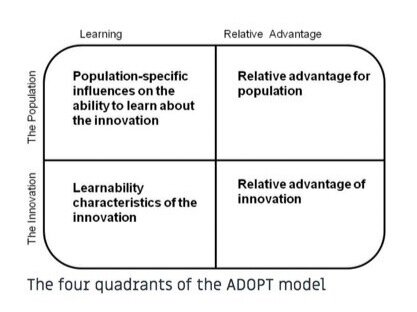
Decision Tools
We produce various decision-support tools and frameworks for industry and government.
INFFER
INFFER is a tool to apply economic analysis in environmental management. This tool was rated ‘High’ for impact and ‘High’ for approach to impact in the recent 2019 ARC assessment of research engagement and impact.
ADOPT
ADOPT a tool to evaluate and predict the likely level of adoption and diffusion of specific agricultural innovations.
Rural Practice Change is the understanding and predicting adoption of new practices by farmers and other rural landholders. A platform of resources is available on the Rural Practice Change website.
INFFEWS an industry-driven, economic evaluation framework for business case development for investments in water and environment investments. INFFEWS consists of a package of tools and resources. It includes a Benefit Cost Analysis tool and associated resources to apply the tool and guide decision making. It also includes a comprehensive non-market Value Tool and associated Guidelines on how to conduct benefit transfer.
A Quick Economic Analysis Tool (QUEAT) to obtain a quick and rough overview of the potential benefits that different mitigation options can generate. It is intended to provide natural hazard managers with an overview of the options that are most worth developing business cases for funding.
Resources for Agri-Environment Schemes
We created a resource platform for design and implementation of effective agri-environmental schemes.
Relevant journal articles, books, reports, frameworks, computer tools, web sites, blog posts, and a free online course are all accessible from this platform.
Public: Private Benefits Framework
This framework provides a simple graphical approach that spells out the logic for selecting the most appropriate class of policy tool for influencing the behaviour of private individuals in cases where their actions have positive or negative impacts on others in the community. It was developed in the context of land-use change for environmental management, but is relevant more broadly.






